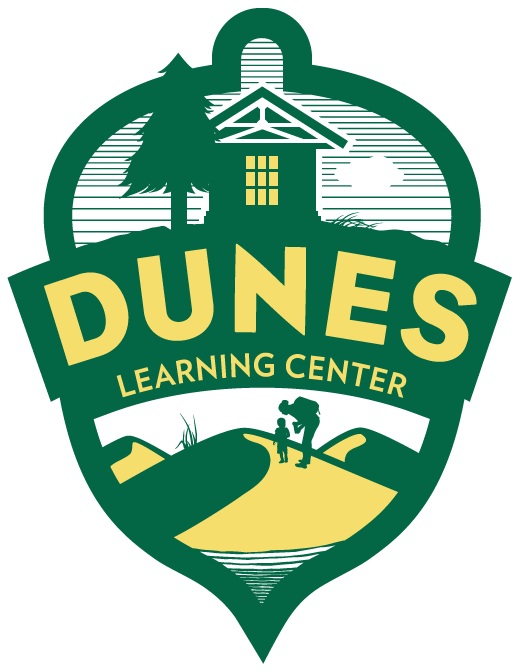A Unspoken Mission
/By Naturalist Zachary Mork
On a crisp autumn afternoon, I unlock a small wooden cabin and walk silently inside. Realizing that visitors may arrive very soon, I take one final glance around the room, making sure I haven’t forgotten anything before the event begins. Decor? Check. Apparel? Check. As I finish my mental checklist, a new sound breaks through the quiet atmosphere – the sound of children heading towards me. It is the cue that I have been waiting for. As the eager students get closer and closer to the old cabin, I get to my place, take a deep breath, and whisper to myself…
“It’s showtime.”
For the next two hours, I am no longer Zach the Naturalist. Instead, I am the character “Jacques,” a fur trader from the early nineteenth century. These students have come to see how Jacques used the land now known as the Indiana Dunes National Park. During their visit, Jacques will teach them about his trade, the importance of beaver, and how trappers used their efficient traps to catch them.
Although Jacques the fur trader looks and sounds like a completely different person, it is still me, underneath it all. During the presentations, I often look around at all the students sitting inside the cabin. In my head, I am trying to note if my character has been keeping them engaged and interested in learning more. Most students appear attentive and wide-eyed throughout the entire act.
Here at Dunes Learning Center, our primary mission is to “inspire a lasting curiosity and stewardship with nature.” While it seems like a straightforward goal, the ways to carry it out are more open-ended. Over my past few months as a naturalist, I found that an effective way to inspire that curiosity is to help students open their eyes to a natural world filled with wonder and amazement. It is an unspoken mission that, when accomplished, leads to the primary one.
There are many different ways to present the rich history and unique biodiversity of the Indiana Dunes to kids. For example, a hognose snake found on the trail plays dead when it feels threatened, an exciting opportunity to discuss defense mechanisms and food webs with students. Or, a visit to a historical site, where students can physically see how actions from long ago impact our lives today. In some cases, it can even come from our own backyards!
Playing the role of “Jacques” is one of my favorite ways to teach kids about the amazing natural and cultural history of the Indiana Dunes region. On any given day, if my demonstration gave students a sense of wonder, or if I made them feel like they really were back in the 1800’s (even if only for a second), then I accomplished my unspoken mission for the day.
Zachary Mork
Naturalist








